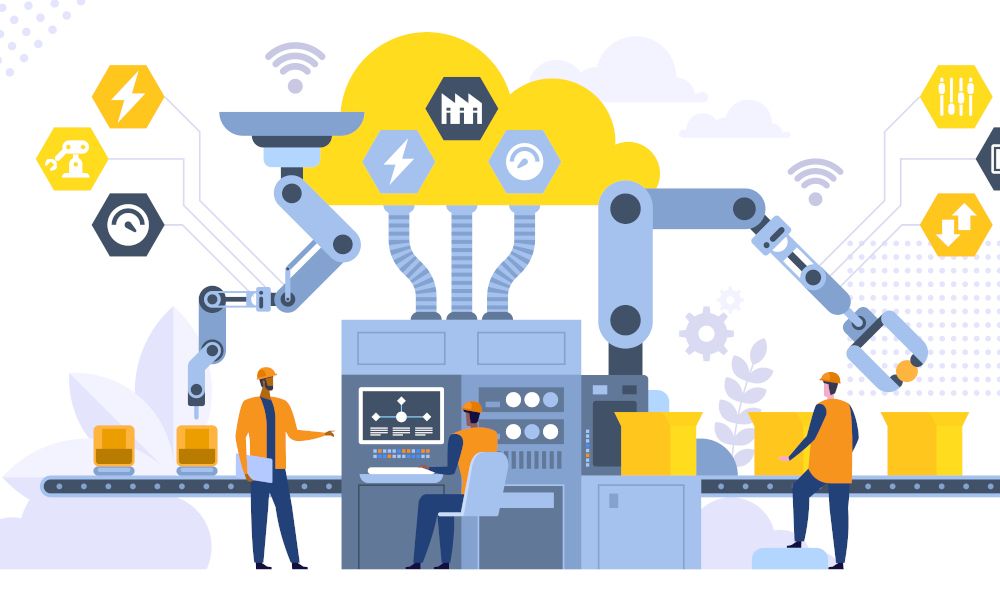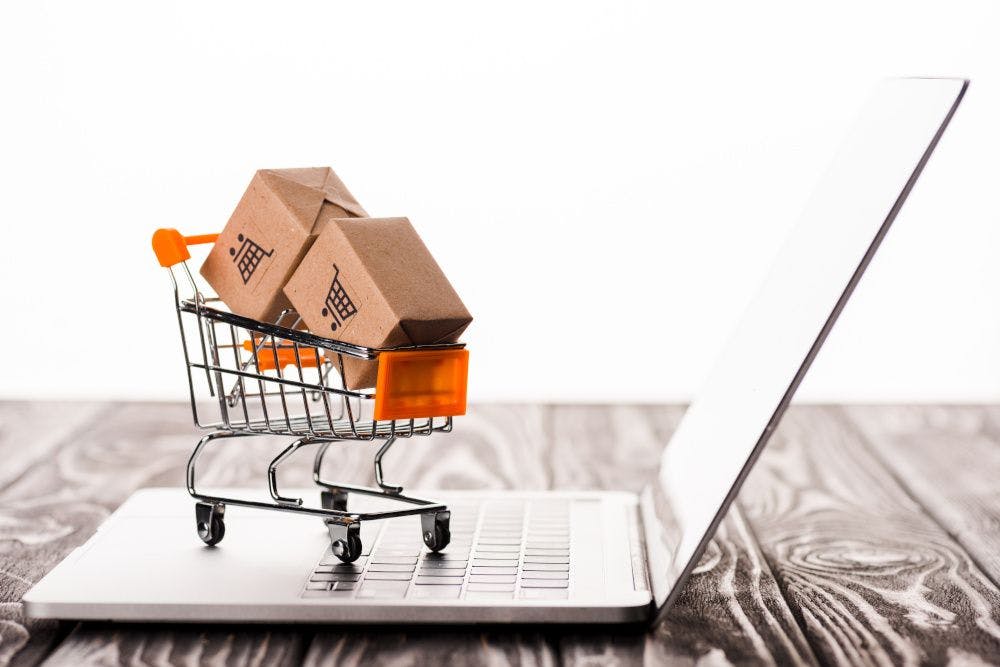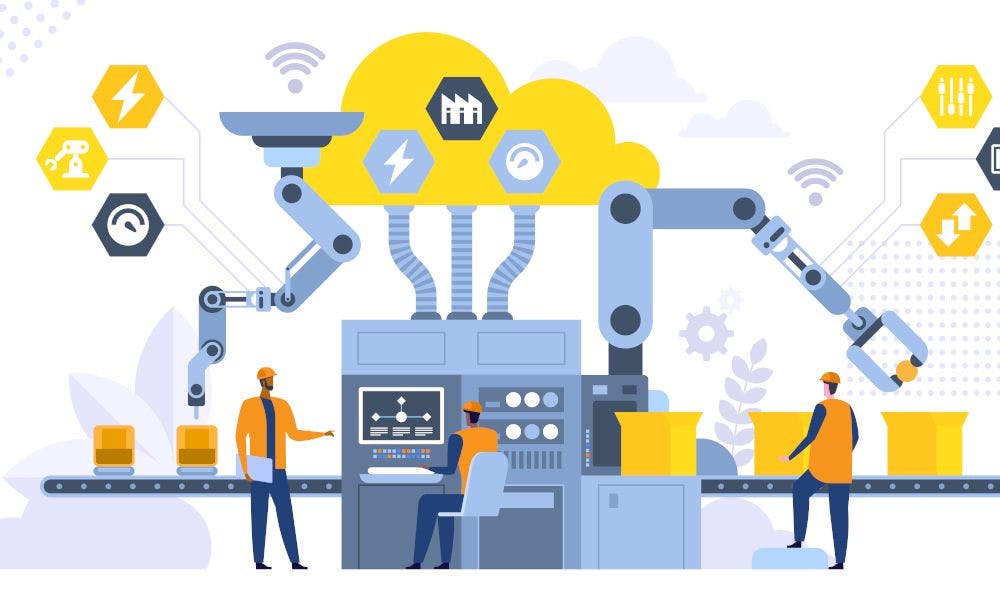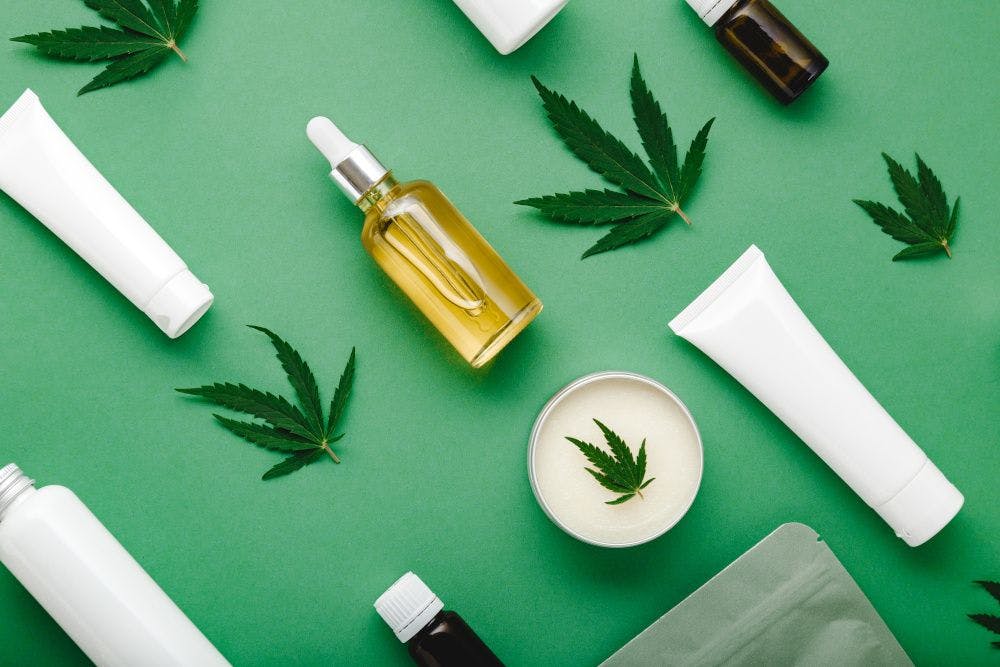2022 Contract Manufacturing Outlook: What challenges do dietary supplement manufacturers face this year?
Surviving, and thriving, in today’s contract manufacturing environment
Eugene Ung is under no illusion as to the toll the past couple years have taken, not just on individuals and companies, but on society as a whole.
“Both 2020 and 2021 were challenging for the entire world,” concedes the CEO of Best Formulations (City of Industry, CA). “The recent past brought about supply-chain, logistics, and staffing challenges that created incredible inefficiencies—and we’re still dealing with them today.”
But if Ung sees slivers of silver shining behind those clouds (and he does), credit his and Best’s role as contract manufacturers in the dietary supplement industry—an industry that both evaded the shutdowns that marked the pandemic’s darkest days, and perhaps even thrived because of them.
“I believe we have a stronger organization overall because we all went through this pandemic together,” Ung declares. That said, he and his co-manufacturing peers will need their strength going forward, as the turbulence that’s shaken up supplement production looks set to keep them on their toes for some time to come.
A Tale of Two Industries
To cadge a phrase from Dickens, the pandemic has been the best of times and the worst of times for supplement producers. Yes, robust COVID-driven supplement sales packed co-manufacturers’ production schedules; but boom or none, the tough going has nevertheless tried companies’ mettle.
“Under the theory that a rising tide lifts all boats,” observes Mark LeDoux, chairman and CEO, Natural Alternatives International Inc. (NAI; Carlsbad, CA), “the entire industry benefited from renewed interest in self-protection through nutritional supplementation”—a surge in demand that he predicts won’t soon subside.
And LeDoux’s not alone in that opinion. Karla Acevedo, marketing manager, Americas, Sirio Pharma (California), recalls that “both 2020 and 2021 tested our readiness, but we fared very well and were able to keep up with increased demand to supply our customers reliably.”
Steve Holtby, president and CEO, Soft Gel Technologies Inc. (Commerce, CA), says that despite the challenges, “We certainly saw a large increase in demand for products across the natural-products spectrum, and kept delivering quality products in a timely manner thanks to our long-term supplier partners and our outstanding staff.”
And by Vincent Tricarico’s reckoning, “2020 to 2021 was, in short, the most successful 24-month period in NutraScience Labs’ history. Our entire operation—sales, marketing, operations, graphics, fulfillment—has been in overdrive since 2019, and we haven’t hit the brakes since,” says the Twinlab Consolidation Corp. and NutraScience Labs (Farmingdale, NY) executive vice president.
Going Up
That’s the upside. The down, of course, is that those hard-won gains came amidst a supply-chain cataclysm that’s disrupting every aspect of manufacturing, across every industry.
“The disrupted supply chain definitely makes you lose sleep,” laments Adel Villalobos, CEO and founder, Lief Labs (Valencia, CA). “The upheavals impact not just supplement raw materials and plastic components, but also equipment supplies and fuel—in other words, everything we use to run a manufacturing organization.”
And the consensus is that this time, it’s different. This is no run-of-the-mill supply-and-demand imbalance, which both time and sound policy can correct. As Villalobos says, “The new norms of disrupted logistics, supply shortages, and—the elephant in the room—inflation are all here.”
Just how bad is it? LeDoux points out that containers from Asia that once cost $2,500 to ship now capture prices as much as five times that. “And when the goods in the container are low-priced and bulky,” he adds, “the impact on the importer is significant and deleterious, too.”
Ung’s seen price rises throughout his operation, “from pay expectations to raw materials, logistics, real estate costs, and more,” he says. “And though we’ve invested in automation and improving manufacturing efficiencies, the extra costs have outpaced our productivity gains. So we continue looking for ways to improve efficiencies and yields to make up the difference. But it’s a challenging place to be.”
Hurry Up and Wait
And it’s constantly in flux. “The biggest challenge, in my opinion, has been how quickly prices change for materials,” Tricarico says. “We’ve seen prices change by large margins in such short periods of time.”
Beyond inflation, logistical hiccups— “transit times and availability, and the cost to haul goods from port to facility”—also weigh upon Tricarico. “We can absorb the financial headaches in most cases,” he insists, “but the choppiness of timing with goods has made sticking to production schedules more challenging. The unknown release of materials from ports has added even more guesswork to the process of when to plan on producing an item.”
Ung, too, has experienced delays and cancellations when scheduling pickups and deliveries, and he notes that lead times on some packaging components can stretch to as long as a year.
In fact, LeDoux describes the supply-chain breakdown around packaging items like corrugated printed shipping boxes, printed packaging stock, lids, bottles and “containers of all kinds” as “amazing.”
“It seems as if suddenly supply-chain basics vanished,” he marvels. And they have yet to reappear, he adds—“as evidenced by the tens of thousands of containers still onboard ships offshore waiting to be unloaded.”
An even bigger issue, LeDoux contends, is the “lack of available common-carrier personnel and assets,” which has made securing trucks for long-haul full-trailer-load shipments “extremely challenging.” And don’t look to rail for relief, either, he warns, as the railcar capacity needed to unclog “thousands of seemingly ‘stranded’ ocean-vessel containers” at ports remains nowhere to be found.
Enough Hands on Deck
The epic levels of port congestion are a symptom of what LeDoux considers a primary factor feeding the current environment: the labor shortage.
From the “Great Resignation” to reported waves of COVID-inspired entrepreneurialism, “The pandemic’s economics and the unintended consequences of restrictions on commerce and income have motivated an entire generation to rethink their life goals and strategies,” he says, leaving them with “far less of an appetite to reenter the workforce as employees post-pandemic.”
Ung adds that while Best was prepared to pay California’s $15-per-hour minimum wage, it’s now “offering significantly more than that just to get enough hands on deck.” And though he credits Best’s “strong culture” with helping the company retain the staff it has, “even culture can’t get feet in the door sometimes.”
In an effort to goose labor supplies, Villalobos and Lief—working with the CEO Council of Los Angeles—have “taken it upon ourselves to drive training for the workforce of tomorrow.” Case in point: Noticing a lack of curriculum at local universities and colleges supporting advanced machine-operation skills, they’ve partnered with the College of the Canyons in Santa Clarita, CA, to build that curriculum and equip workers not just to fill Lief’s open positions, but to serve the whole industry.
Lief is also helping staff shore up its 21st-century logistics skills. “Supply-chain professionals are highly sought-after,” Villalobos notes, “and managing that chain has become a more technical, highly complex role that requires mathematical and statistical skills. So we’re actively developing workers to fill those roles.”
Solutions Amidst the Storm
Beyond this, Lief is investing in everything from infrastructure and data analytics to predictive technologies, all in a bid to “improve quality and efficiencies that help us make our clients’ lives easier and be a better manufacturing partner,” Villalobos says. And to mitigate shipping and fuel costs, he continues, “We’re teaming with logistics, transportation, and shipping companies to ensure that we give them the long-term contracts and visibility they need to make good business decisions in this environment.”
Looking long-term, LeDoux wagers the industry could avoid future supply-chain catastrophes by domesticating supply lines it would have offshored previously—a move that will “require substantial investments in North American production of essential raw materials,” he says. “But we’ll need a comprehensive program to help foster repatriation of many of these supplies, or we’ll continue suffering shortages brought on either by economic factors or lack of available capacities.”
In the meantime, well-capitalized firms like his “have invested millions of dollars in safety stock,” LeDoux says. “Failure to take advantage of these types of procurements leads to consumer-inventory shortages and is likely to continue for some time.”
Ung agrees that the days of just-in-time inventories may be over. “There’s more discussion about safety stock,” he says. “Brands have to do a better job forecasting and investing here. And manufacturers need to be nimble in adjusting to changing market conditions. Open and frequent communication is key.”
Talk It Out
And how. As Acevedo observes, “We’re overcoming challenges by actively listening to our customers. Making sure that we understand exactly what they need—and how we can support their growth—is very important.”
Dan Peizer, vice president of global strategy and marketing for consumer health at Catalent (Somerset, NJ), says his company takes “a ‘patient-first’ approach” to working with partners and suppliers, which has helped it weather not just the current storm but everything from natural disasters to severe cold and flu outbreaks in the past. “This core value has guided us into making the right decisions during the pandemic while positioning our company for success as we transition back to normal,” he says.
And as far as Holtby is concerned, the strength of the customer-manufacturer bond “helps companies stay in business,” he maintains. “Trust and integrity are crucial components in this relationship, especially for contract manufacturers, who can focus on offering solutions that give customers safe, high-quality, and on-time products.”
Feel-Good Future
And offering those solutions will be key, because, as Ung declares, “Demand for contract manufacturing continues to be strong.” To prepare, Best continues squeezing out more efficiencies while also making “significant” investments in new dosage formats like gummies, as well as in personal care. “The nutraceutical gummy dosage is showing the greatest growth among the major formats,” Ung notes, “and wellness brands are offering both ingestible and topical products for consumers.”
Catalent’s August 2021 acquisition of Bettera Wellness added gummy, soft chew, and lozenge capabilities to a portfolio that already included the company’s “deep formulation and product-development expertise,” Peizer says. “This deep knowledge can help shorten the learning curve on new product development, and brings benefits in terms of reliability and, ultimately, market success.”
LeDoux says that 2022 will see NAI investing more than $10 million into expanded capacity to meet demand, readying the company “for the expected continued growth as more people take hold of their welfare by adding dietary supplements to their daily regimens,” he says.
And while Sirio is girding itself for the possibility of further disruption as new COVID-19 variants make mischief, “We’re not losing sleep over it,” Acevedo says. “We’re just becoming more resourceful so that we can adapt to any changes that come our way.”
Which is right in line with Villalobos’s philosophy. “Yes, the pandemic put us into overdrive,” he says. “The difficulties and stresses of that environment made us feel like we’d been given an adrenaline shot three months after COVID hit—and it hasn’t worn off. But when challenges like this come, we get inspired.” As the dust settles, he—and others—remain confident that “consumer sentiment will include a more health-oriented mindset, which is great for our industry and great for contract manufacturers.”

Prinova acquires Aplinova to further increase its footprint in Latin America
April 7th 2025Prinova has recently announced the acquisition of Brazilian ingredients distributor Aplinova, which is a provider of specialty ingredients for a range of market segments that include food, beverage, supplements, and personal care.


























